The Canada Double Taxation Avoidance Agreement (DTAA) is a bilateral treaty between Canada and another country designed to prevent individuals as well as firms from paying taxes twice on the same earnings. The tax jurisdiction and rates that apply to several sorts of income, including business earnings, dividends, interest, royalties, and capital gains, are specified in this international tax agreement.
The Double Tax Agreement (DTAA) promotes cross-border trade, investment, and economic cooperation between the two nations by clearly defining tax residency regulations and assigning taxing rights. It reduces uncertainty and compliance costs for individuals and companies operating in Canada as well as India by providing a stable and predictable tax environment.
Advantages of the Double Taxation Avoidance Agreement for Entrepreneurs
For enterprises wishing to grow their company activities between India and Canada, the Canada DTAA provides a number of advantages:
1. Avoidance of double taxation
By preventing money earned in one nation from being taxed twice, the agreement lowers the total tax burden on firms.
2. Promotion of cross-border investment
The DTAA promotes foreign direct investment and makes it easier for capital to move between the two nations by offering tax reductions.
3. Facilitation of trade and technology transfer
The agreement promotes international trade and the exchange of goods, services, and investment by eliminating double taxation.
4. Increased transparency
Transparency is increased since the DTAA compels the nations to work together to enforce tax rules and share information, which fights tax evasion and establishes a more equitable taxation system.
How does the Canada Double Taxation Avoidance Agreement operate?
The DTAA operates through several mechanisms to prevent double taxation:
- Tax Credit Method: Canada offers a tax credit for taxes paid in foreign nations. The Canadian tax obligation on the same income can be reduced by this credit.
- Exemption Method: Certain types of income earned in the other country may be exempt from Canadian taxation.
- Reduced Withholding Tax Rates: The agreement often lowers withholding tax rates on profits, interest, and royalties, benefiting entrepreneurs with cross-border financial interests.
- Permanent Establishment Rule: Defines the criteria for what constitutes a permanent establishment in a country, thereby determining where the business profits will be taxed.
- Exchange of Information: In order to guarantee proper execution of the agreement and combat tax evasion, Canada and other nations exchange tax information.
Common Challenges and Solutions with the Canada Double Taxation Avoidance Agreement
While the Canada Double Taxation Avoidance Agreement offers significant advantages, entrepreneurs may encounter certain challenges:
- Complex treaty provisions: The DTAA can be intricate and difficult to interpret without expert guidance.
- Tax law modifications: The applicability of the DTAA may be impacted by changes made to the tax legislation in either nation.
- Transfer pricing disputes: Disputes involving transfer pricing may occur when related parties negotiate a price for a transaction.
To address these challenges, entrepreneurs should
- Engage tax professionals: To successfully negotiate the DTAA’s complexity, consult an expert.
- Stay updated on tax law changes: Monitor tax law developments in both countries to ensure compliance.
Conclusion
The Canada Double Taxation Avoidance Agreement is a vital tool for entrepreneurs engaged in international business. It lowers tax costs, boosts competitiveness, and encourages foreign investment by preventing double taxation. To prosper in the global market, entrepreneurs must grasp the DTAA’s workings, make use of its advantages, and overcome its obstacles.
Utilizing tools like Incpass for business registration can further streamline the process, making it easier for entrepreneurs to establish and grow their businesses in Canada.
FAQs
What is the purpose of the Canada Double Taxation Avoidance Agreement?
The purpose of the DTAA is to promote international trade and investment by prohibiting the same income from being taxed twice by Canada and another nation.
How can entrepreneurs benefit from the DTAA?
Reduced tax obligations, heightened competitiveness, improved investment prospects, easier tax compliance, and an alluring business climate are all advantageous to entrepreneurs.
What is the tax credit method under the DTAA?
The tax credit method allows Canada to provide a credit for taxes paid in the other country, offsetting Canadian tax liability on the same income.
How can I find out if Canada and a particular nation have a DTAA?
On the Canada Revenue Agency (CRA) website, you can view the list of nations with which Canada has free trade agreements.



